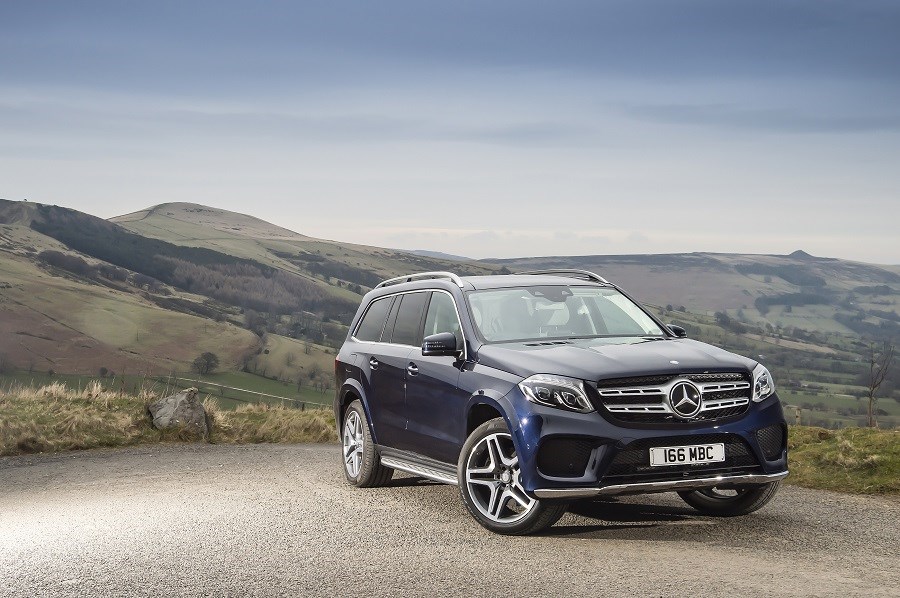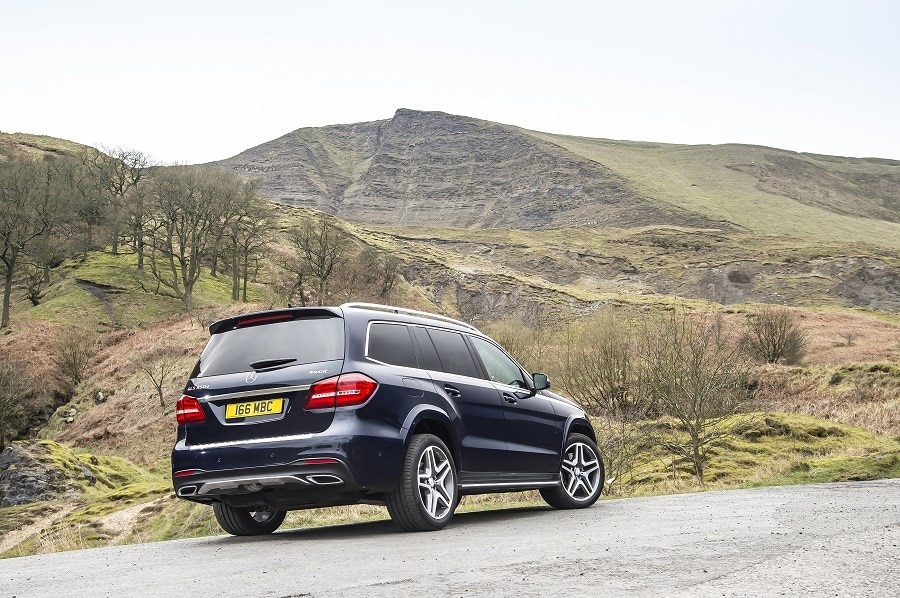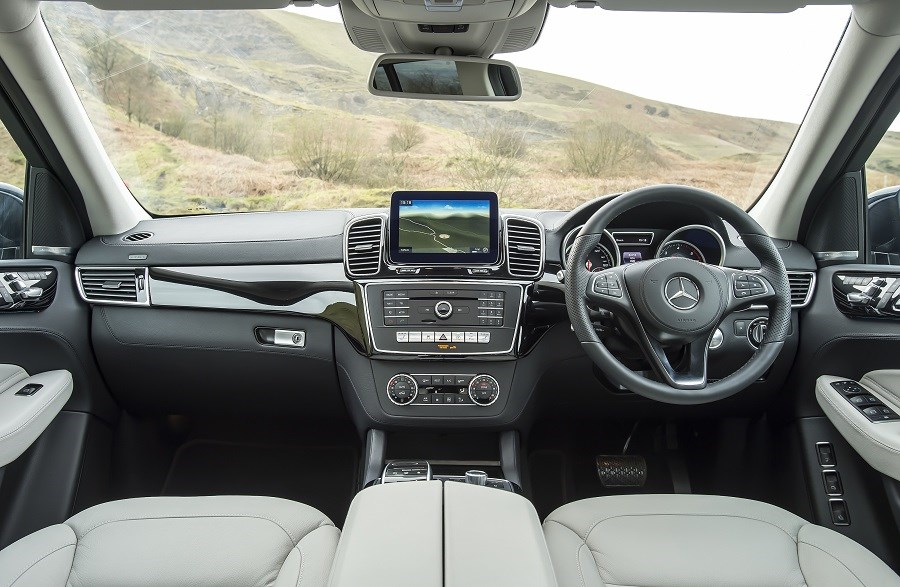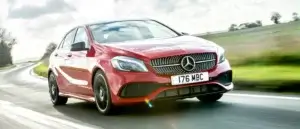Latest Model
Since the GLS debuted at the start of 2016, not all that much has changed. The GLS remains a luxury and imposing SUV that is exceptionally capable of ferrying seven people around in comfort.
For the 2017 model year, the front was changed sparingly, while the rear received a redesigned bumper and full LED rear lights.
At the time of writing, a refreshed GLS is expected to be unveiled and on sale by the end of 2019.
Value for money
The new GLS starts at £73,940, which doesn’t sound too expensive compared to a Range Rover, but next to the Audi Q7, which starts at nearer £50,000, the weight of that price tag becomes heavier. Although, the GLS is exceptionally well equipped. Standard equipment on the AMG Line includes keyless start, lane tracking technology, 21-inch alloy wheels, a panoramic electric sunroof and park assist. The standard interior equipment includes a memory seat package, front and rear heated seats and a Harman Kardon sound system.
Above the AMG Line is the Grand Edition. It used to be known as the ‘designo’ and starts at £82,935. Extra equipment includes an ‘Active Curve System’ which enhances ride comfort, a closing aid for the doors and boot. The interior still gets the designo interior package, with designo upholstery, heated and ventilated front seats, rear sun blinds and climate control for third seat passengers too.
Used GLs are quite good value, although expect to pay high running costs. Early GLs start at around £10,000 with reasonable mileages, although we recommend avoiding these early cars and going for the facelifted GL which came out in 2012. These models currently start from around £26,000.
Nearly-new models are fantastic value – particularly when you consider that £18,000 of savings can be had off list price on a model less than a year old.
Looks and image
While there was quite a significant facelift in 2012 for the GL, the GLS really has not changed visually since. It remains one of the biggest SUVs on sale and it is exceptionally imposing. However, it’s not a particularly good-looking car in our opinion and unfortunately, the styling does little to mask its significant footprint. The interior is slightly better, although it is due a significant update to put it on par with the superb interiors which now feature in other Mercedes models such as the S-Class. However, it is crammed with the finest quality materials, as you would expect on a car of this price. The GLS is definitely best suited to image conscious families who need and want a large SUV.
Driving dynamics are not a strong point of the GLS. While the sheer pace of the GLS 63 AMG is seriously impressive, it is flawed as soon as you enter a corner. The top-heavy stance of GLS equates to significant roll in the corners, although the steering feels weighty and has a good amount of feel to it.
On the plus side, the GLS has a very impressive ride, particularly on the motorway where it is probably best suited. The GLS even comes with air suspension as standard, which does a great job of minimising bumps in the road. The only downside is that those large wheels can slightly hamper ride comfort at lower speeds. It is definitely one of the most relaxing cars you can drive, particularly when paired with the nine-speed automatic gearbox.





